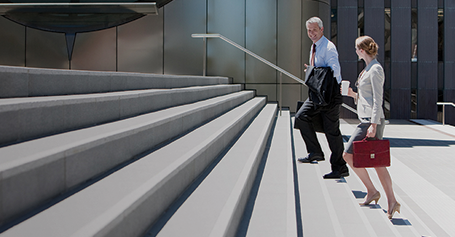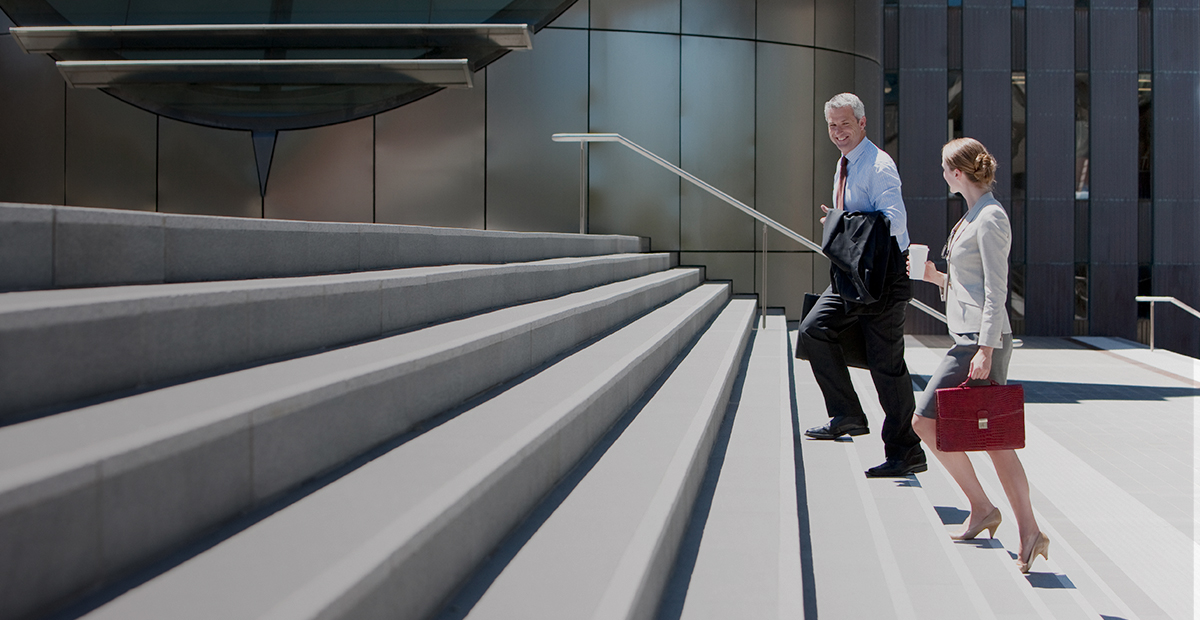What happens to the office now?


Covid-19 has had a huge impact on Australian businesses and workers and as we begin a new year, those changes are starting to become reality for more and more businesses. One area which continues to gain attention is the way we work and where we work.
Office spaces and traditional workplaces have changed. The fast action in March 2020 of our working from home regulations was able to show many businesses that it can carry on successfully with many of their tams working remotely. This type of work continued for many businesses throughout 2020 and into 2021.
One of the casualties of this change is the office space and workplace footprint that many businesses are now looking to reduce as the same amount of space is no longer required.
What businesses are saying
We recently conducted our annual workplace survey and have uncovered that most Australian workplaces are balanced in their thoughts on the new look workplaces.
51% of the workplaces we surveyed plan on reducing their office space or business footprint now that people will be working remotely more so than ever before. With the increase in remote work,
36% of businesses prefer their employees to come into the workplace at least once a week, whilst 24% have hired employees who will work remotely more than 90% of the time. Only 19% indicated that due to the nature of their work, their employees must be physically present on site to work.
Due to the sudden pivot to remote working, 65% of workplaces we surveyed said that they now have a flexible working arrangement in place with their workers.
What this means for the workplace footprint
As reported in the Australian Financial Review, corporate tenants have rapidly reduced their footprints in the Sydney and Melbourne CBDs as the pandemic accelerated in 2020. During this time, daily occupancy of city offices in the Melbourne CBD dropped to as low as 5% which has the amount of sub-leasing space surging in both Melbourne and Sydney.
Further, research conducted by BCG indicated that more frequent remote working and online engagement with customers and clients is driving companies to go digital, reducing the need for physical premises. Their research indicated that nearly half (44%) of companies anticipate reducing their real estate footprint within the next 18 months.
Globally, British bank Barclays will explore moving to a more decentralised working model that might include local bank branches serving as satellite offices, while Fujitsu will halve its office space in Japan and offer greater flexibility to its 80,000 employees.
Do we now all just work from home?
Doing away with the office in the post-pandemic world may be counterproductive. Ditching the office completely wouldn’t make sense, certainly for sectors with limited opportunities for teleworking, such as hospitality, manufacturing, and retail. With organisations now forced to consider adopting at least some degree of remote working on a permanent basis, the concept of the office must evolve. What the new hybrid version will look like, whether a three-day/two-day split, or some other alternative, will vary by situation and industry.
However, it is important to remember that doing away with the office would have a profound negative impact on a range of issues, not least, employee wellbeing. A study by Vision Direct found that 41% of employees felt more anxious and isolated than ever, after months cooped up at home, while 42% admitted they had struggled with their mental health more than usual in recent months. Missing out on office conversation and feeling unable to communicate properly via video and calls contributed to feelings of unease and happiness.
One of the most compelling reasons why offices need to stay is their role in collaboration. To do this effectively people need to be able to share a common physical space, so the post-pandemic office, as part of a hybrid arrangement, will need to be conducive to collective innovation, productivity, and wellbeing.
The flexibility of a hybrid model will also attract talent and enhance diversity and inclusion by removing some of the barriers that for example, those with care responsibilities encounter in a full-time, 9 to 5, office-based role.
No matter what your business is, there is the need for consideration when looking forward into 2021 and balancing your workplace needs.
To learn more from our workplace survey, download our 2021 salary guide today.
